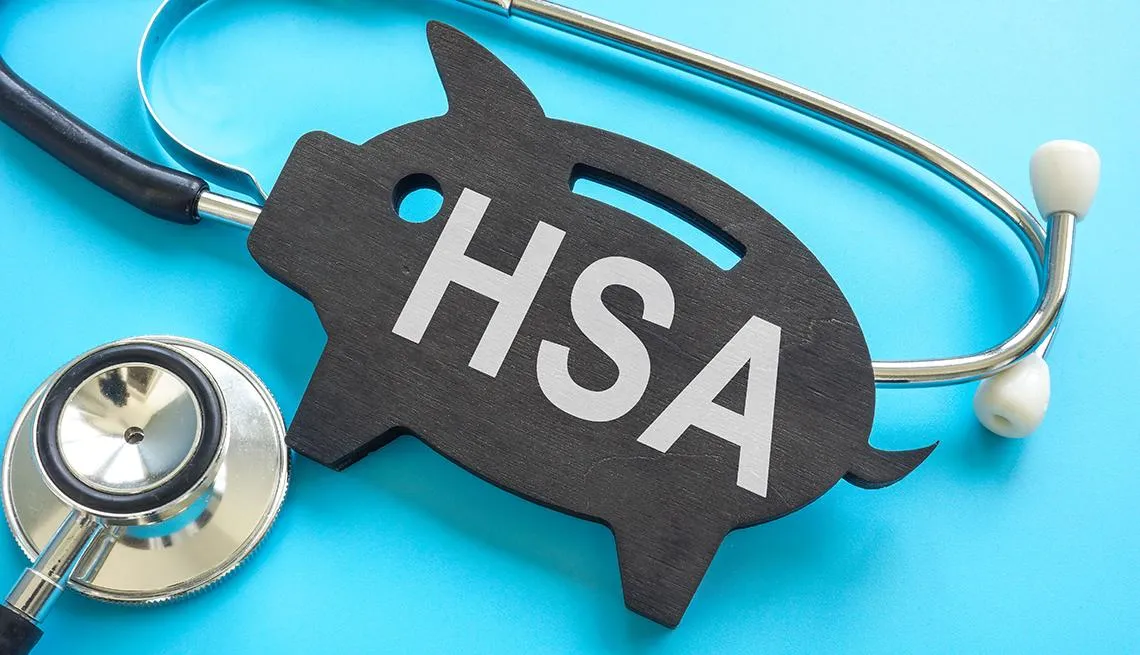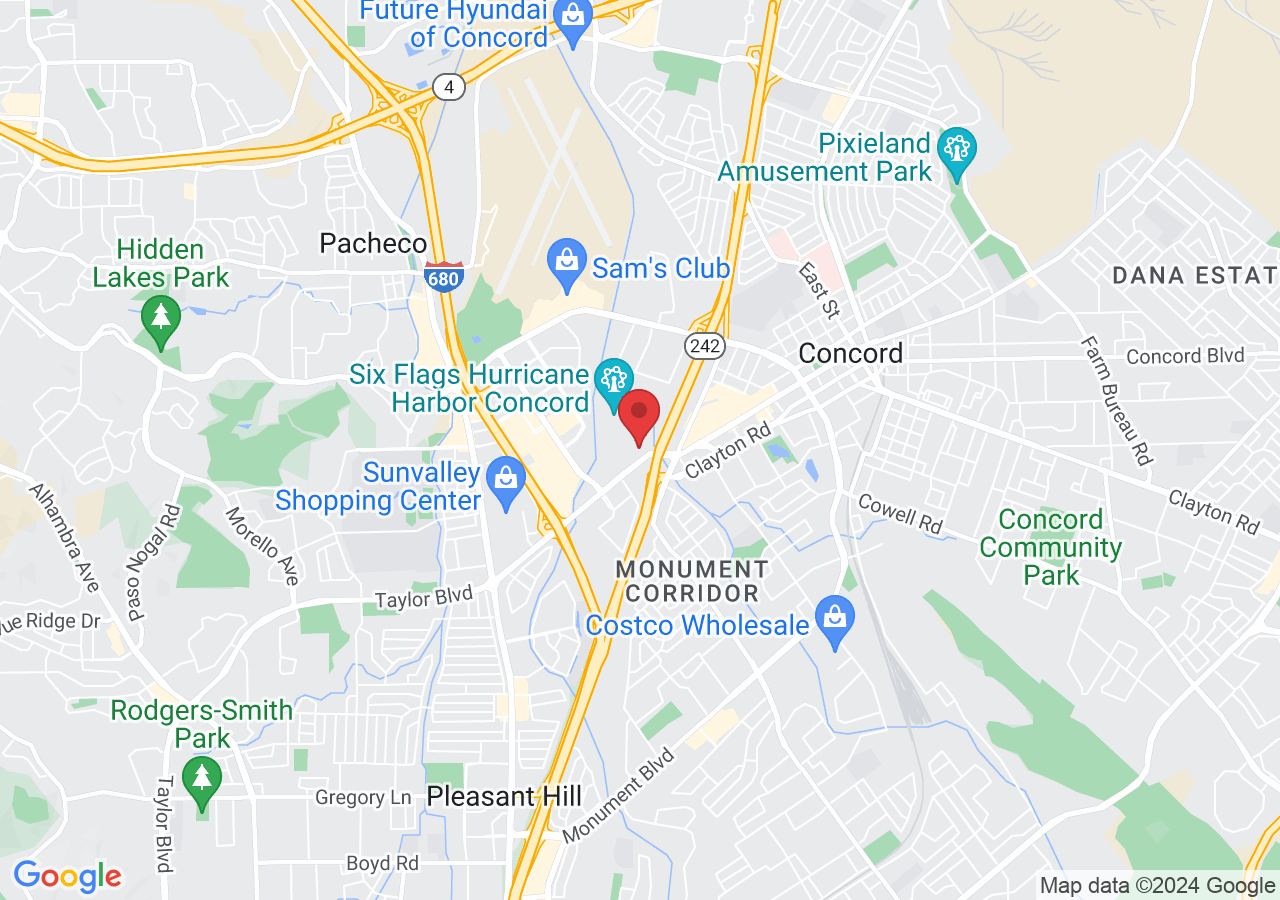Whether it's a general question about insurance or a more specific inquiry regarding your benefits,
WE WOULD LOVE TO HEAR FROM YOU!
Please complete the form below:
Our Location
Contact Details
866 349 7050
1470 Civic Court, Ste 350
Concord, CA 94520
Latest Updates

The unexpected perks of an HSA: 3 things employees should know
By: Itamar Romanini
Health savings accounts (HSAs) are a popular employee benefit, serving as a core component in an estimated 22% of employee benefit plans. Yet, even with 36 million or more accounts covering nearly 72 million individuals, many people continue to miss opportunities to make the most of their HSA. Consider, for example, that more than 7 million HSAs, roughly 18% of all accounts, are unfunded, and another 3.5 million closed last year, according to Devenir. This situation could have been avoided if account holders had a better understanding of the potential for their HSA to help them save money now, or to invest in their future health.
HSAs have the unique ability to support the health and financial goals of employees at all stages of their lives and careers. Unfortunately, lack of knowledge about how their account works and what it can be used for remains high, and is the driving factor behind lack of enrollment and utilization. As HR professionals, you can help employees make the most of their HSA — and reduce confusion and "noise" — by educating them about the unexpected perks of this tax-advantaged account.
Here are three simple things HR teams can do throughout the year to improve HSA utilization and satisfaction.
Keep eligibility top of mind
It may surprise you to learn that the average household spends an estimated $1,600 each year on items that are eligible for purchase with pre-tax HSA funds. This translates to a potential savings of 30% or more, depending on their tax bracket. In some cases, that savings could total nearly $500 a year. This fact alone would surprise your employees and likely motivate them to learn more about how their HSA can be used.
Use existing communications channels throughout the year to educate employees about eligible HSA products and services that can improve their health and help them save money. For example, as the weather continues to warm and summer plans kick into high gear, employees would benefit from learning about sun protection products that can be purchased with HSA funds, not to mention outdoor adventure first-aid kits. Eligible purchases that are never out of season include menstrual care products, light therapy treatment for gum health, migraine relief devices, and baby health products.

Don't overlook the savings power of the HSA
HSAs are like no other financial account, because they serve both an immediate spend/save need while providing a reliable long-term savings or investment option. Make sure your employees understand the triple tax savings of the HSA: Contributions reduce taxable income, funds in the account grow tax free, and qualified withdrawals for eligible expenses are not taxed.
This unique HSA feature fulfills a growing need for retirement savings. Considering that current data suggest healthcare expenses in retirement could exceed more than $300,000, HR teams should be sure employees understand how an HSA can fit into their retirement portfolio. Not convinced this is your responsibility? A recent report revealed that 55% of retirees say their employers did not do enough to help them save for retirement. You can help your workforce assess their future needs and how their HSA can pay for healthcare needs in retirement by giving them access to a future value calculator and other account management tools.
Take a population approach to education
If you think HSAs are only applicable to more financially established employees, think again. An HSA has value no matter where employees are on their personal and professional journeys, or whether they are able to fully fund the account from Day 1.
That's why it's important to promote the company-sponsored HSA to your entire workforce. For example, a young employee with few medical expenses and less disposable income may choose to fund the account and pay for expenses as needed throughout the year, essentially running the expenses through the account to realize the tax savings. Meanwhile, an employee who has a family and numerous medical expenses may fully fund the account and spend down their balance every year to maximize their savings. And still, an employee who is planning for retirement may choose to fully fund their account and take advantage of the annual catch-up contribution to stash away funds for retirement.
Regardless of which path an employee takes, you can help them keep their HSA data in order by giving them access to an HSA expense dashboard that will help them track and manage expenses year over year. This is also important for employees who have built up expenses over the years that are eligible for reimbursement, but that were originally paid for with non-HSA funds. Employees can use this expense dashboard to reimburse themselves with HSA funds at a later date, and to properly track and manage those reimbursements.
A good surprise can brighten someone's day, and there are few surprises better than receiving an unexpected boost to your finances. Helping employees understand the many benefits of an HSA will help them improve their health and their financial wellbeing, while also increasing overall benefits utilization.
https://www.benefitnews.com/opinion/the-unexpected-perks-of-an-hsa-3-things-employees-should-know

